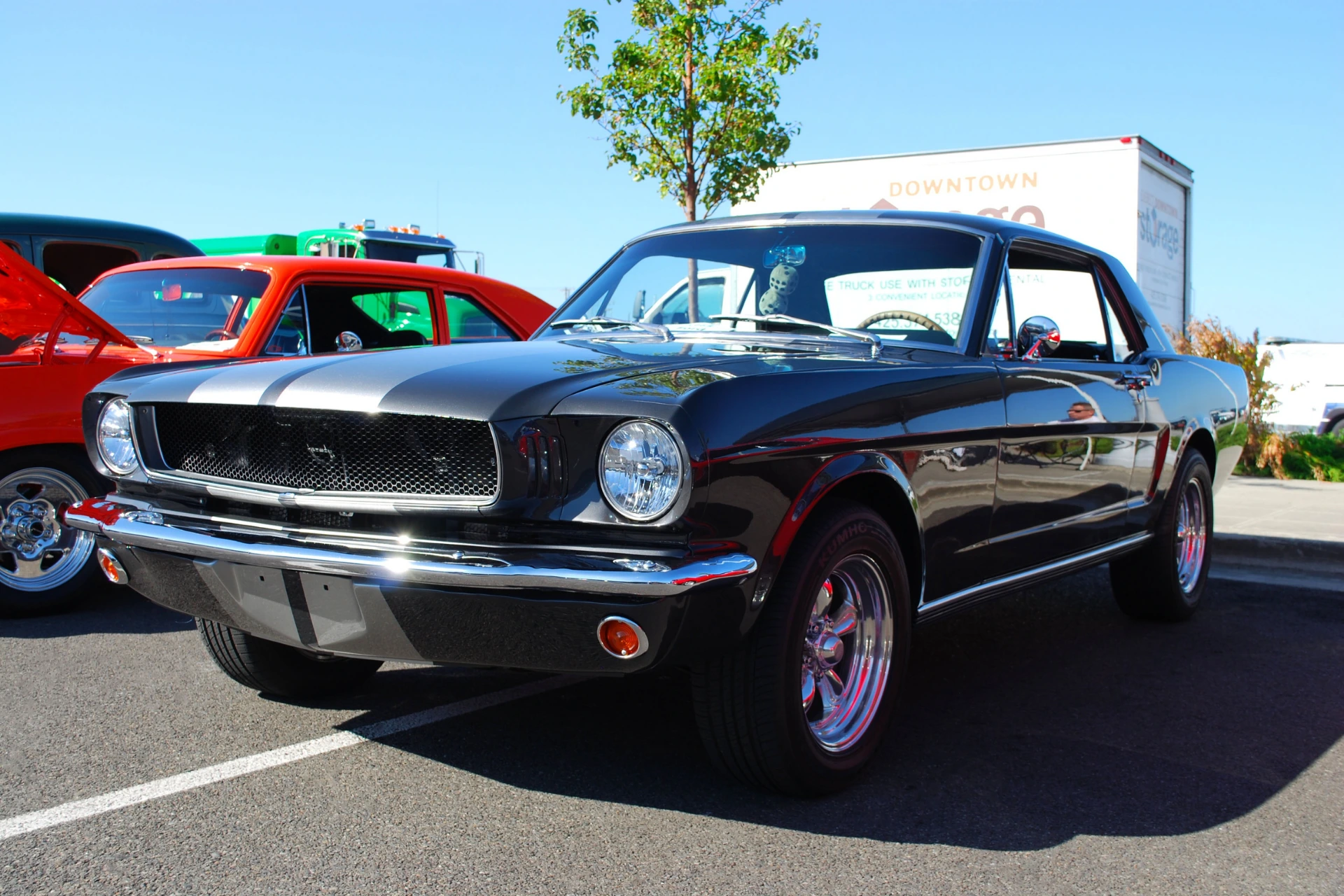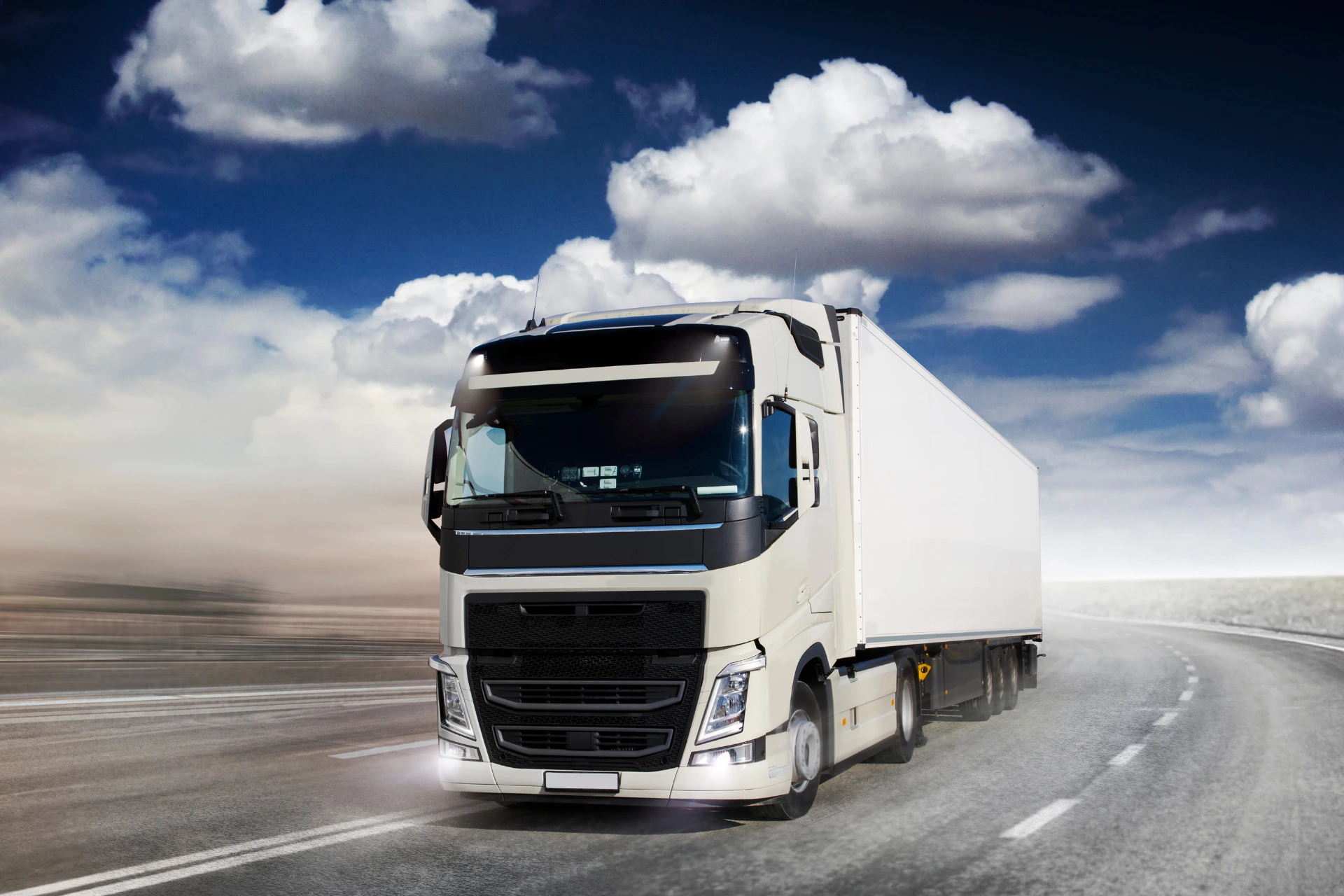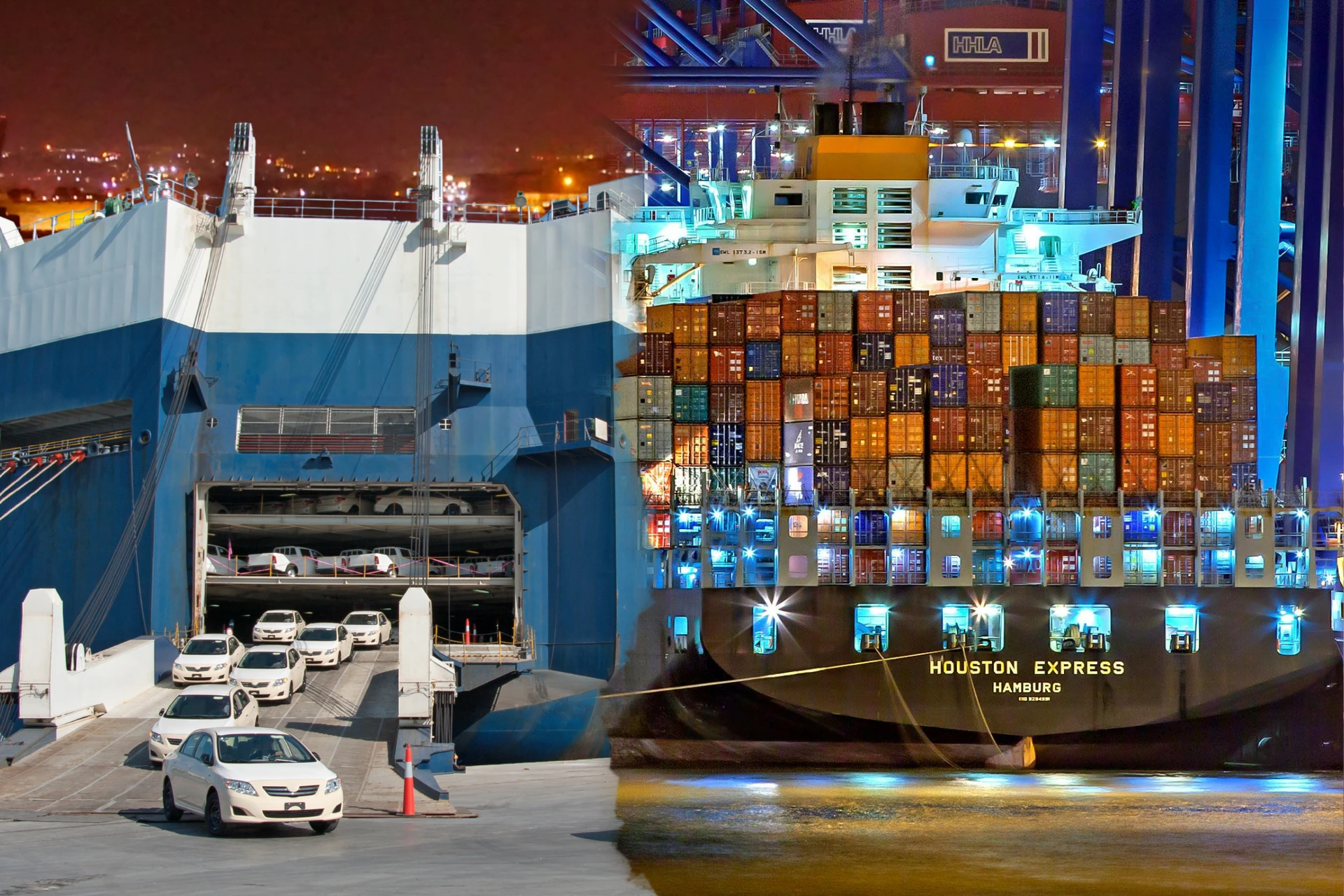
Price Comparison: Dealer vs Personal Vehicle Shipping
Shipping a vehicle isn’t a one-size-fits-all experience. Whether you’re buying a car from a dealership or shipping your personal vehicle across the country, the costs, processes, and benefits differ significantly.
At Transportvibe, we help users make informed transport decisions. In this comprehensive guide, we compare dealer vs personal vehicle shipping costs — with real-world factors, benefits, and what to expect in 2025.
Table of Contents
- What Is Dealer Vehicle Shipping?
- What Is Personal Vehicle Shipping?
- Key Differences Between Dealer and Personal Auto Transport
- Cost Breakdown: Dealer vs Personal Shipping
- Factors That Influence Pricing
- Pros & Cons of Dealer Shipping
- Pros & Cons of Personal Shipping
- Which Option Is More Reliable?
- Saving Tips for Both Scenarios
- FAQs About Dealer vs Personal Car Shipping
- Final Verdict
What Is Dealer Vehicle Shipping?
Dealer shipping refers to auto transport services organized by a dealership. This typically occurs:
- When delivering new or used vehicles to customers
- Moving cars between dealership locations
- Transporting vehicles from auctions or manufacturers
Dealerships often ship multiple vehicles at once using large open carriers, which helps reduce cost per unit.
What Is Personal Vehicle Shipping?
This refers to individuals booking auto transport for:
- Relocation (job moves, military PCS, retirement)
- College or seasonal travel
- Snowbird migration
- Selling or buying cars privately online (e.g., Carvana, eBay Motors)
These shipments often involve single vehicles, customized pickup windows, and door-to-door service.
Key Differences Between Dealer and Personal Auto Transport
| Feature | Dealer Shipping | Personal Shipping |
|---|---|---|
| Volume | Multiple cars per load | One or two vehicles |
| Price per car | Lower due to bulk deals | Higher for individual |
| Scheduling | Fixed routes & windows | Flexible pickup/delivery |
| Service Type | Terminal-based or batch | Often door-to-door |
| Paperwork | Handled by dealer team | Owner involvement needed |
Cost Breakdown: Dealer vs Personal Shipping (2025 Averages)
| Distance | Dealer Cost per Vehicle | Personal Shipping Cost |
|---|---|---|
| 500 miles | $350 – $500 | $500 – $700 |
| 1,000 miles | $500 – $750 | $800 – $1,100 |
| 2,000+ miles | $700 – $950 | $1,100 – $1,500 |
Note: Dealer pricing benefits from multi-car loads and pre-set scheduling. Personal shipments are priced higher for flexibility and one-off service.
Factors That Influence Pricing
- Distance: Longer distances cost more, though per-mile rates drop over 1,000 miles.
- Carrier Type: Open carriers are cheaper; enclosed shipping adds 30–60%.
- Route Popularity: Major metro routes are more affordable.
- Vehicle Type: Larger vehicles (SUVs, trucks) cost more.
- Seasonal Demand: Summer and snowbird season increase rates.
- Delivery Type: Door-to-door is more expensive than terminal delivery.
Pros & Cons of Dealer Shipping
Pros:
- Lower cost per vehicle
- Faster booking for standard routes
- Handled by experienced dealership staff
- Less administrative work for the end customer
Cons:
- Less flexibility in pickup/delivery
- Typically not customized for your schedule
- Terminal delivery may require extra travel
Pros & Cons of Personal Shipping
Pros:
- Flexible scheduling
- Door-to-door convenience
- Personalized service and updates
- Easier for relocation or private sale scenarios
Cons:
- Higher costs (especially for long distances)
- More responsibility in booking & paperwork
- Delays if carrier tries to fill a one-off route
Which Option Is More Reliable?
- Dealer Transport is more consistent for bulk movement and auction-to-dealer logistics. Best for volume moves.
- Personal Transport is better for customization, door-to-door preferences, and communication with the driver.
Reliability depends more on carrier quality than on the shipping type. Use platforms like Transportvibe to read verified reviews.
Saving Tips for Both Scenarios
- Book Early: Lock in lower rates before peak season.
- Be Flexible: Open to alternate dates for better pricing.
- Use Open Carriers: More cost-effective unless your vehicle needs enclosed transport.
- Compare Multiple Quotes: Use Transportvibe to compare vetted companies.
- Bundle Vehicles: If shipping two or more cars, ask for a volume discount.
FAQs About Dealer vs Personal Car Shipping
Q1: Is it always cheaper to ship through a dealer?
A: Usually yes, but only if you’re part of a multi-car load. Personal shipping can match dealer rates if you’re flexible.
Q2: Can I ask a dealer to handle my personal shipping?
A: Some dealerships offer this service, but it may be limited to specific routes or inventory.
Q3: Does personal shipping come with insurance?
A: Yes. All FMCSA-certified carriers must carry cargo and liability insurance. Still, ask for the Certificate of Insurance (COI).
Q4: What if I’m buying a car from a dealership out of state?
A: Many dealers include transport in the sale price or offer discounted shipping options through preferred carriers.
Q5: Can I ship a leased vehicle?
A: Yes, but you’ll need permission from the leasing company. Always check for mileage or condition-related clauses.
Final Verdict
In 2025, the gap between dealer and personal vehicle shipping costs still exists — but the right choice depends on your goals.
- Choose dealer shipping for low cost and bulk transport needs.
- Choose personal shipping for flexible, door-to-door convenience.
Whatever you decide, Transportvibe helps you compare transparent quotes and connect with reliable, insured carriers.
Get Your Free Quote Now and choose the smartest way to ship your next vehicle.














